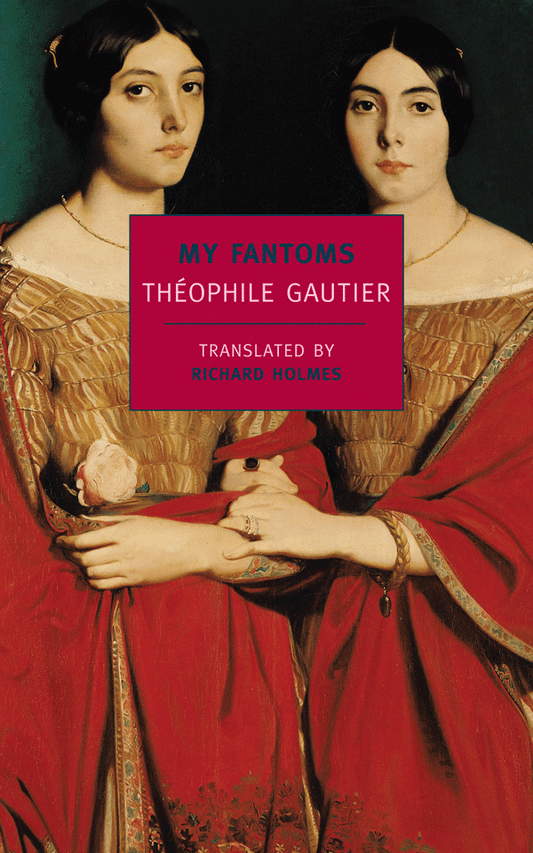Collection:
Théophile Gautier
Théophile Gautier (1811-1872), whose father was a minor government functionary, was born in southwestern France, but when he was three his family moved to Paris, where he spent the rest of his life. The young Gautier wanted to make his name as a painter until, at eighteen, he met Victor Hugo and decided to become a writer instead; within a year he had published his first collection of poetry. Gautier also formed an early and deep attachment to the brilliant but troubled poet Gérard de Nerval, and the two of them became central to the the Jeune-France movement, celebrated for its Bohemian dandyism and aesthetic provocations. (Gautier became especially notorious for the red vest he wore to the opening of Hugo’s play Hernani.) In 1836 Gautier published the novel Mademoiselle de Maupin, a succès de scandale that is the source of the phrase “art for art’s sake,” and later that year, he was hired as a critic for the daily paper La Presse, in which capacity he was to champion the work of Baudelaire, Berlioz, Delacroix, Heine and the Goncourt brothers. Gautier himself continued to publish poetry, short stories, literary criticism, plays, and ballets, including the scenario for the ballet Giselle and the unfinished History of Romanticism, which he was working on at the time of his death.





